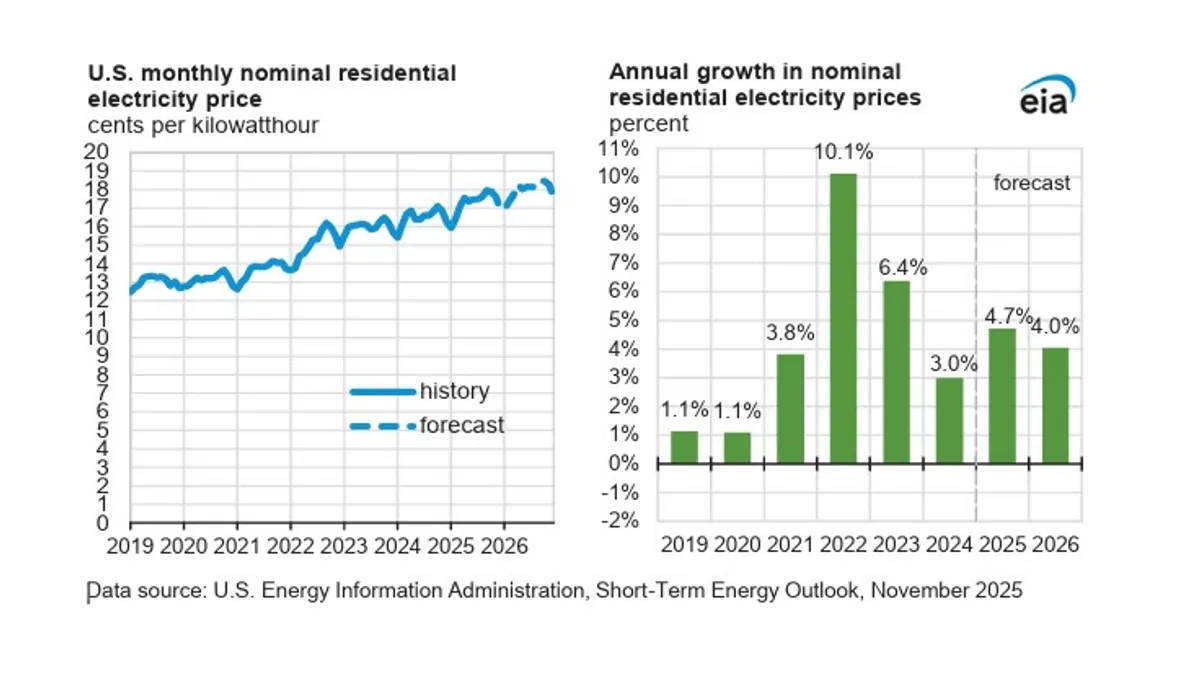Dive Brief:
- The Tennessee Valley Authority (TVA) Board of Directors approved during its August meeting a 20-year integrated resource plan (IRP) which would add up to 14 GW of new solar capacity by 2038, the company announced Thursday.
- The long-term plan has been criticized by renewables advocates for the low amount of resources intended for the next five years.
- The board determined "more simple cycle gas units" are likely needed to "follow the variable loads that will be created by renewable energy additions," Scott Brooks, TVA spokesperson, told Utility Dive in an email. TVA drew criticism for reliance on natural gas — the IRP would add up to 18.4 GW of new capacity if a high level of load growth materializes.
Dive Insight:
TVA faced considerable opposition throughout the IRP process, critiqued for not pursuing decarbonization, renewable resources and energy efficiency more effectively.
"The key flaw, among others, in the statements being made by some groups is that the IRP dictates decisions on specifics about our generation in the future. That is NOT the case," Brooks said.
"The IRP considers various scenarios based on possible future conditions. Our board makes the decisions on adding and removing generation. This is not a future set in stone."
However, groups that support renewable development argue that the new IRP also inhibits the development of distributed generation.
"Even though TVA's own study highlights the potential for distributed energy resources like energy efficiency and rooftop solar to play a larger role, it appears it's still business as usual for TVA," Amanda Garcia, managing attorney for the Southern Environmental Law Center's (SELC) Tennessee office, said in a statement.
SELC wants TVA to incentivize rooftop solar development and energy efficiency solutions among its customers, which it argues could be done "at no additional cost to TVA." This would be critical as TVA cannot access tax incentives for renewable energy development as a federal agency, but instead pays for the output from private entities that use such credits.
However, "solar and wind cannot be a significant source of baseload energy in any scenario, unless you also raise rates significantly to cover the cost of these sources plus the cost of covering the power that must be sourced elsewhere to make up for the 70% of the time that solar and wind don't deliver," Brooks said. He added that battery storage could increase the resilience of those issues, although it would still impact customers.
The board also approved a $10.6 billion budget for the next year, which would not increase wholesale power rates and sets a strategic direction through 2030.














